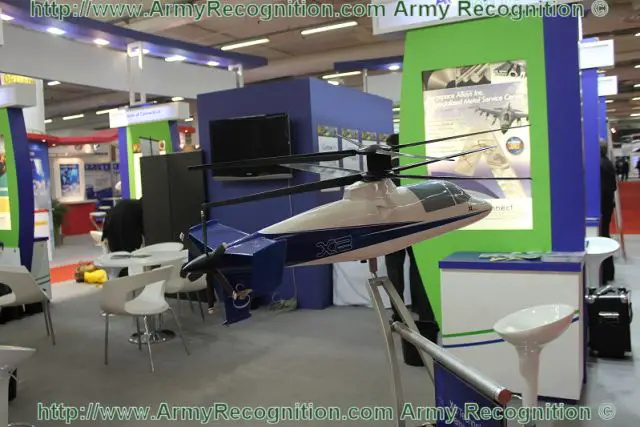 |
 |
 |
X2 Helicopter Technology Demonstrator at Paris Air Show
2011 |
| |
Wednesday,
June 22, 2011, 10:19 PM |
|
|
| |
| American
Sikorsky Aircraft Helicopter X2 Technology Demonstrator
at Paris Air Show 2011. |
| |
|
| |
At
Paris Air Show 2011, the American Company Sikorsky presents
the X2 Technology Demonstrator. Sikorsky Aircraft Corp.
has developed the X2 Technology™ demonstrator intended
to advance the state-of-the-art of counter-rotating coaxial
rotor helicopters. In its high-speed configuration, X2 Technology
takes advantage of the full potential lift of a rigid coaxial
rotor and fully integrated propulsion to enable a helicopter
to cruise comfortably at 250 knots.
|
|

Sikorsky
X2 Technology Demonstrator at Paris Air Show 2011
|
|
The X2 Technology demonstrator combines
an integrated suite of technologies intended to advance
the state-of-the-art, counter-rotating coaxial rotor helicopter.
It is designed to demonstrate a helicopter can cruise
comfortably at 250 knots, while retaining desirable helicopter
attributes including excellent low speed handling, efficient
hovering and autorotation safety, and a seamless and simple
transition to high speed.
|
|
|
|
Among
the innovative technologies the X2 Technology demonstrator
employs are:
- Fly-by-wire flight controls
- Counter-rotating rigid rotor blades
- Hub drag reduction
- Active vibration control Integrated auxiliary propulsion
system
At traditional helicopter speeds, X2 Technology features
will provide improved lift through the efficiency of its
coaxial rotor, eliminating the need for a tail rotor.
To demonstrate the viability of X2 Technology features,
Sikorsky built an X2 Technology demonstrator with its *Light
Helicopter Division of Sikorsky Global Helicopters in Horseheads,
N.Y.
X2 Technology aircraft will hover, land vertically, maneuver
at low speeds, and transition seamlessly from hover to forward
flight like a helicopter. An integrated “pusher prop”
auxiliary propulsion system enables high speeds with no
need to physically reconfigure the aircraft in flight.
On Aug. 27, 2008, the program achieved first flight. |
| |
|
 |
 |
 |
|
